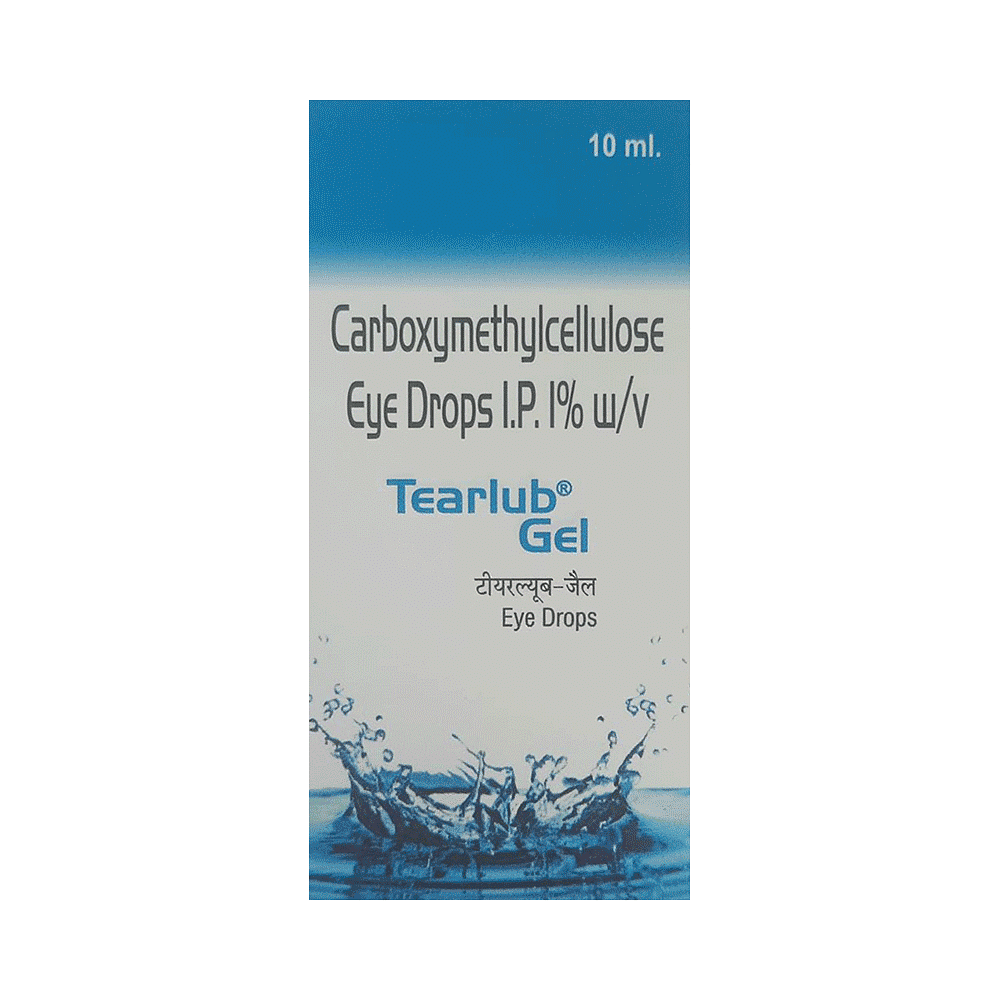
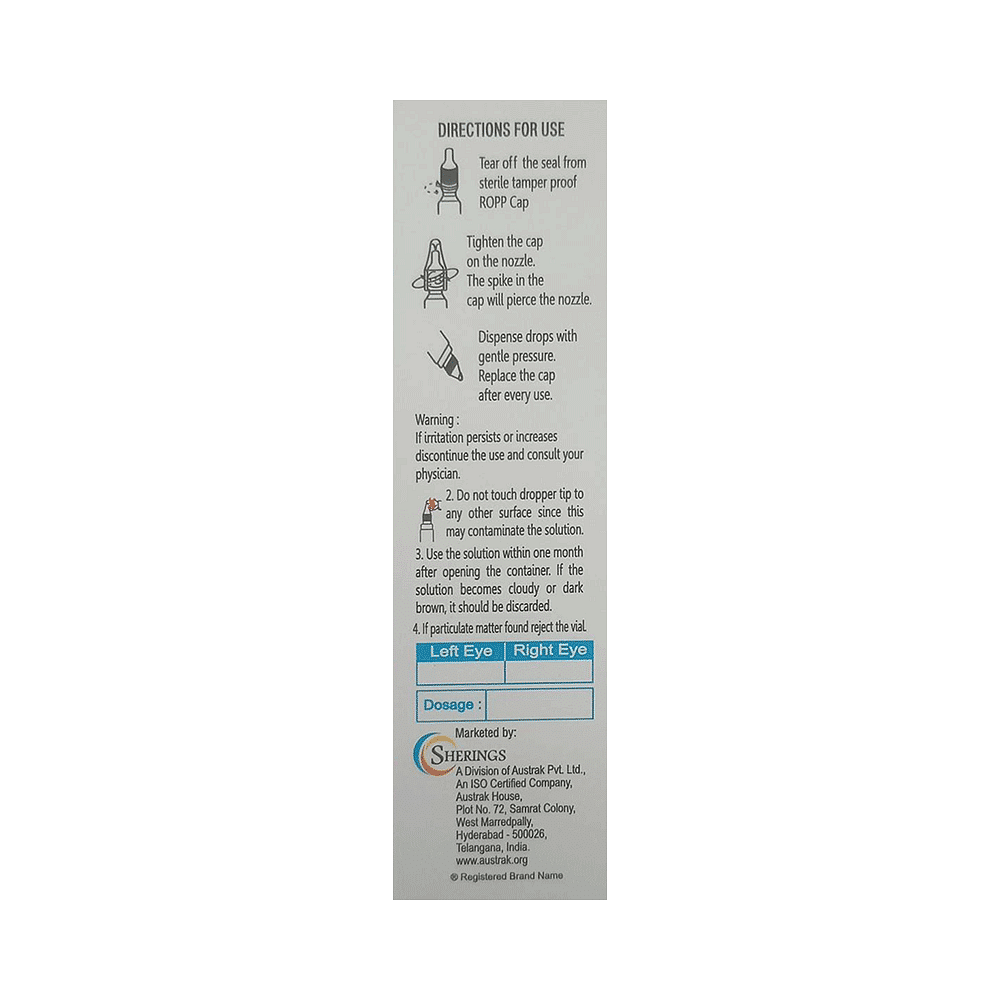
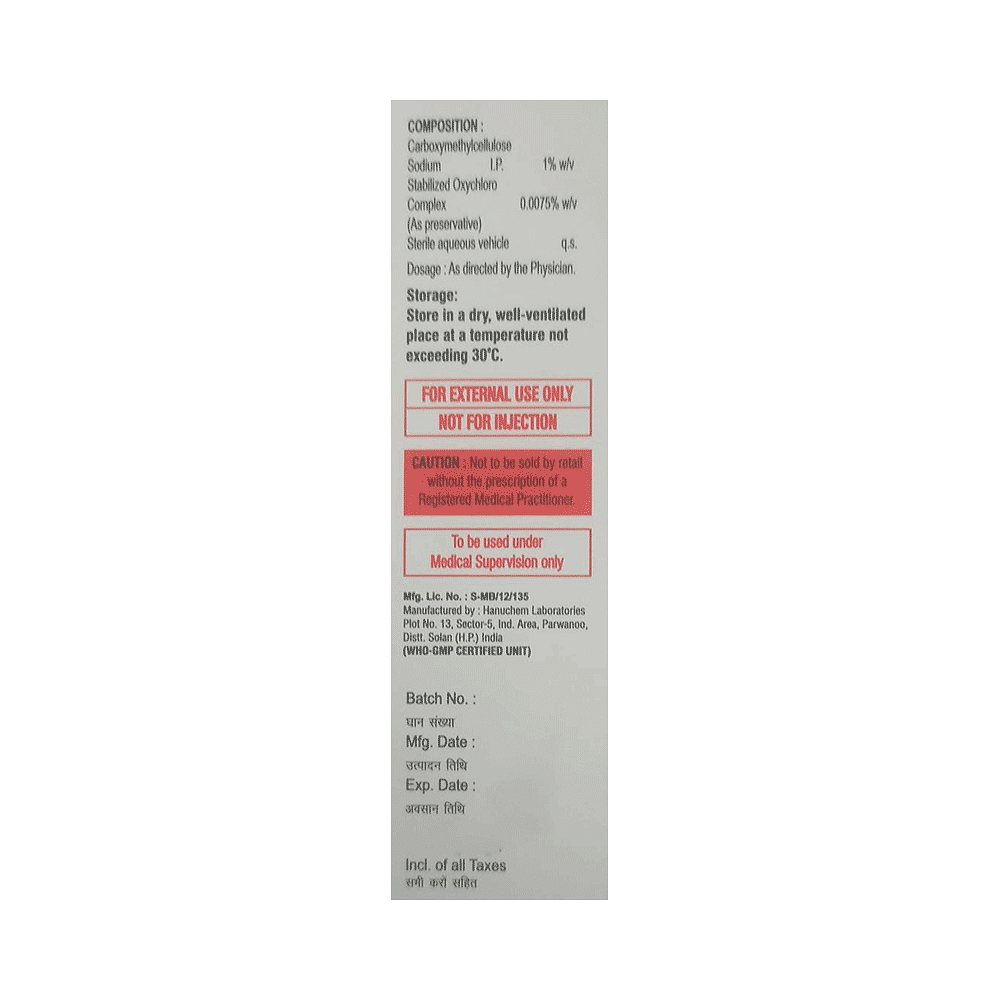
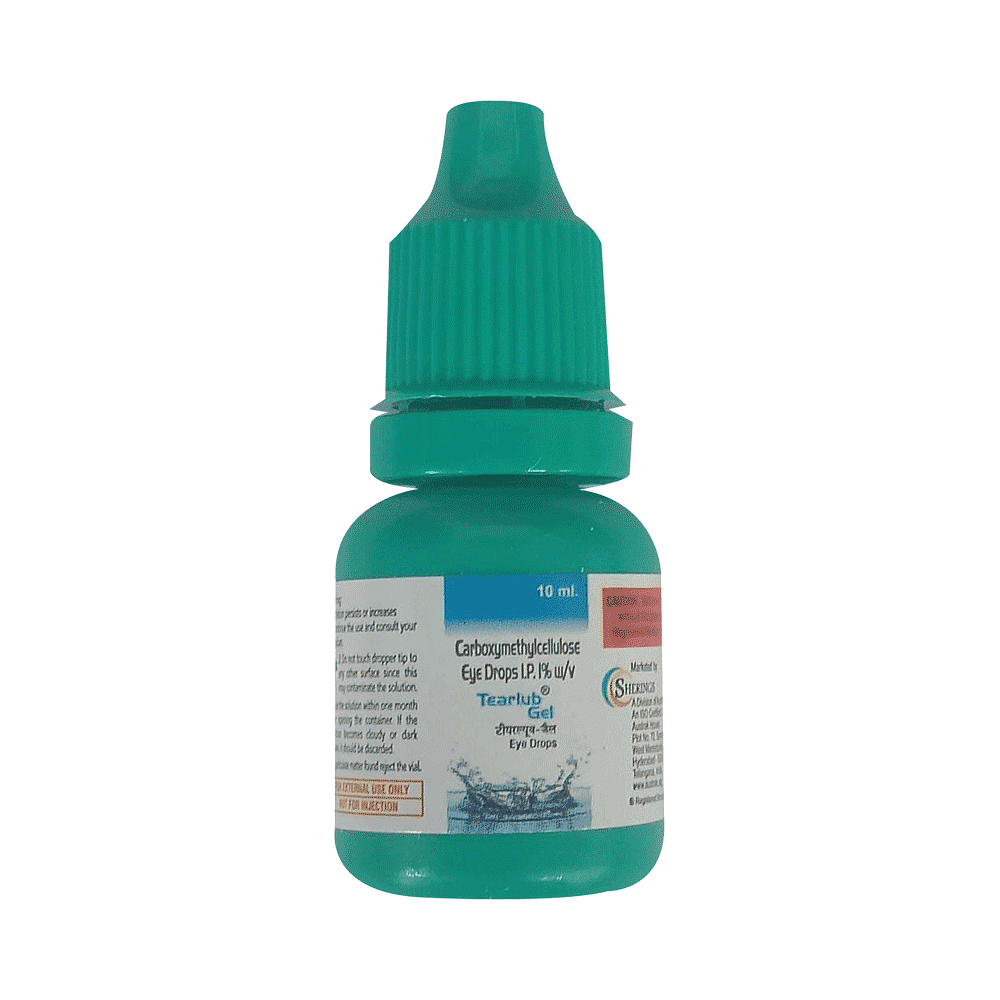
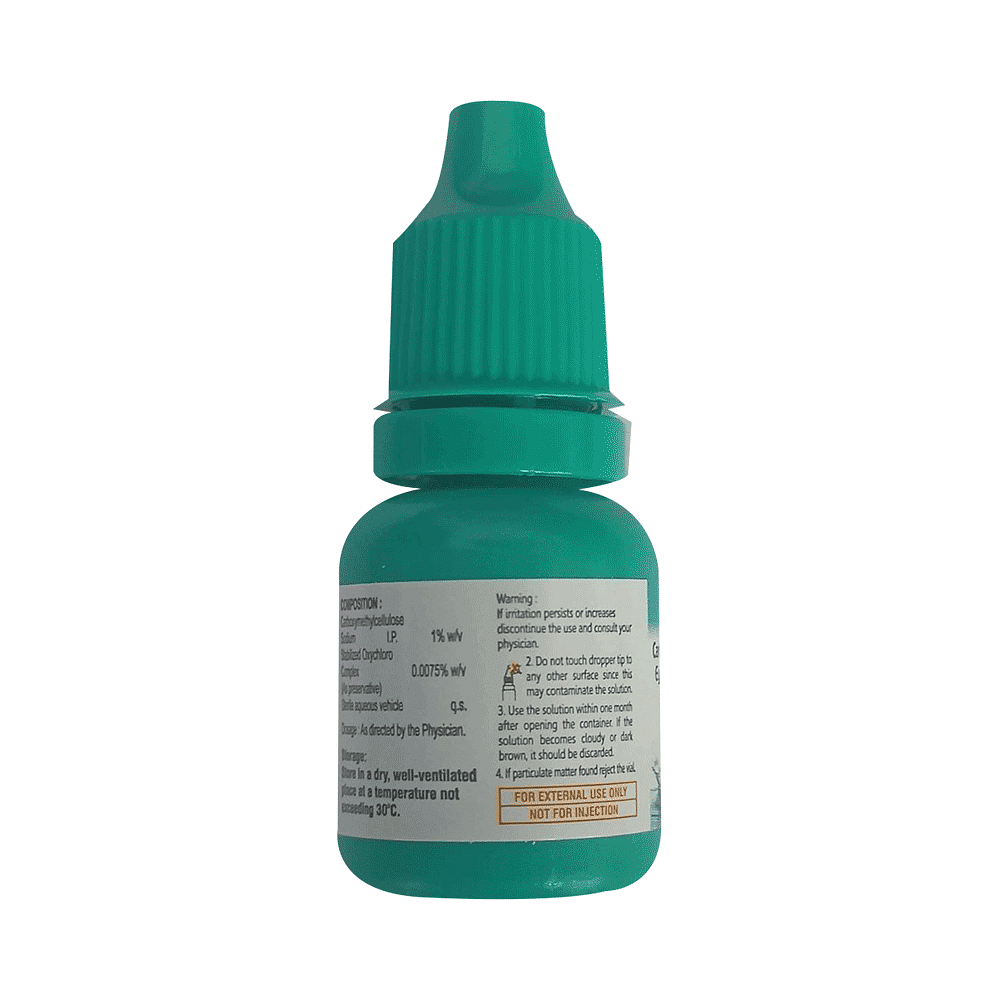
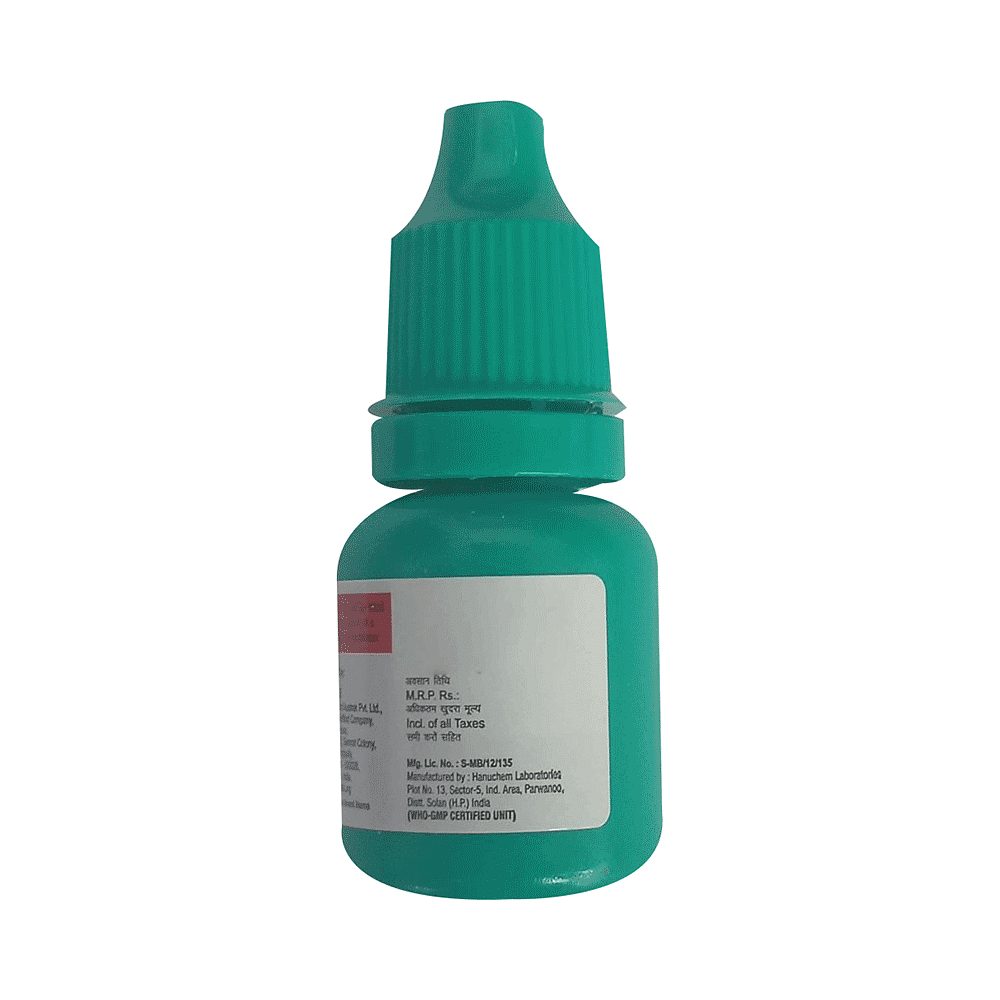
Tearlub Gel
Manufacturer
Austrak Pvt Ltd
Salt Composition
Carboxymethylcellulose (1% w/v)
Key Information
Short Description
Tearlub Gel is an eye lubricant or artificial tears used to relieve dry eyes by maintaining proper lubrication of the eyes.
Dosage Form
Eye Drop
Introduction
Tearlub Gel is usually taken when needed. Use the number of drops as advised by your doctor. Wait for at least 5-10 minutes before delivering any other medication in the same eye to avoid dilution. Do not use a bottle if the seal is broken before you open it. Always wash your hands and do not touch the end of the dropper. This could infect your eye. This medicine may require long-term use and can be taken safely for as long as you need it. The most common side effects of using this medicine are blurred or altered vision, redness or irritation, and sometimes pain in the eye. Let your doctor know if you experience these symptoms but they are usually temporary. Do not drive, use machinery, or do any activity that requires clear vision until you are sure you can do it safely. Consult your doctor if your condition does not improve or if the side effects bother you.
Directions for Use
This medicine is for external use only. Use it in the dose and duration as advised by your doctor. Check the label for directions before use. Hold the dropper close to the eye without touching it. Gently squeeze the dropper and place the medicine inside the lower eyelid. Wipe off the extra liquid.
How it works
Tearlub Gel is a lubricant. It works similar to natural tears and provides temporary relief from burning and discomfort due to dryness of the eye.
Quick Tips
Your doctor has prescribed Tearlub Gel to treat dry eye disease. Apply pressure on the corner of the eye (close to the nose) for about 1 minute immediately after instilling the drop. Wait for at least 5-10 minutes before delivering the next medication in the same eye to avoid dilution of this medicine. Stinging sensation may occur for 1-2 minutes. Notify your doctor if it persists for longer. Make sure to use within 4 weeks of opening the bottle.
Related Medicines
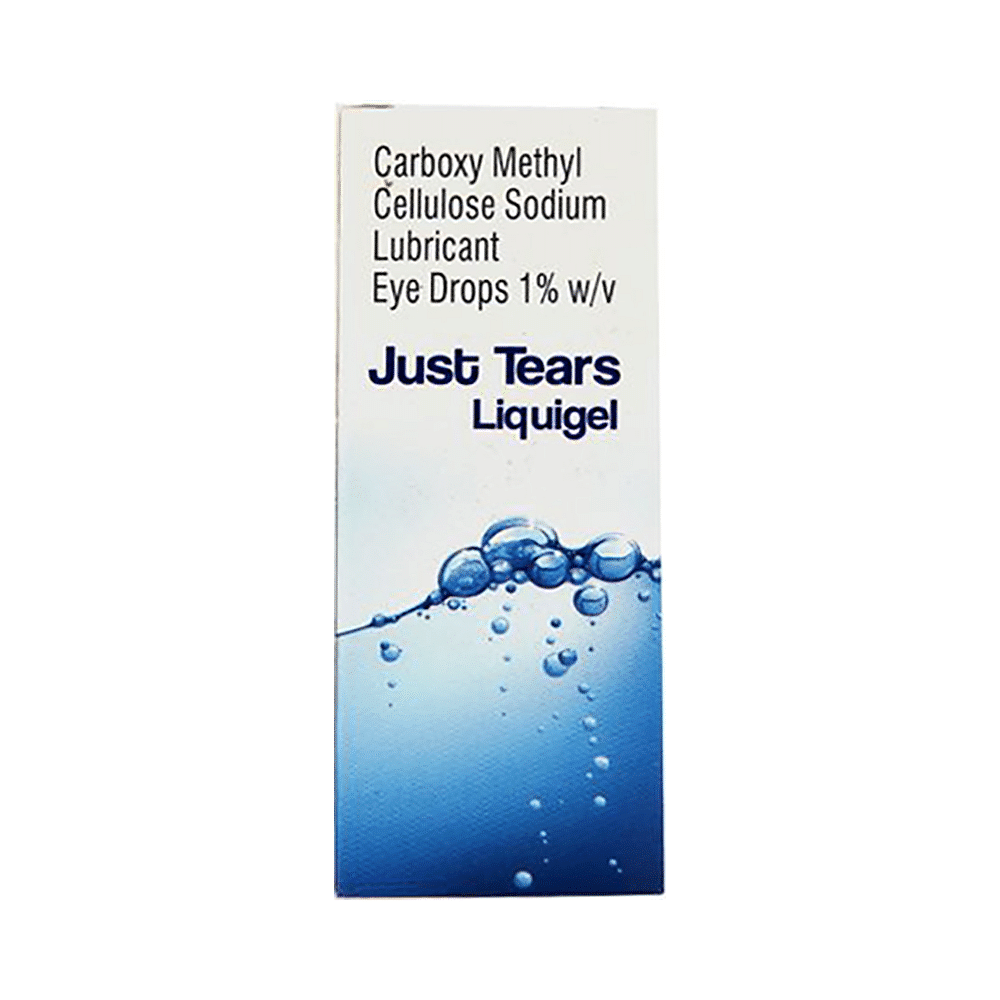
Just Tears 1% Liquigel Eye Drop
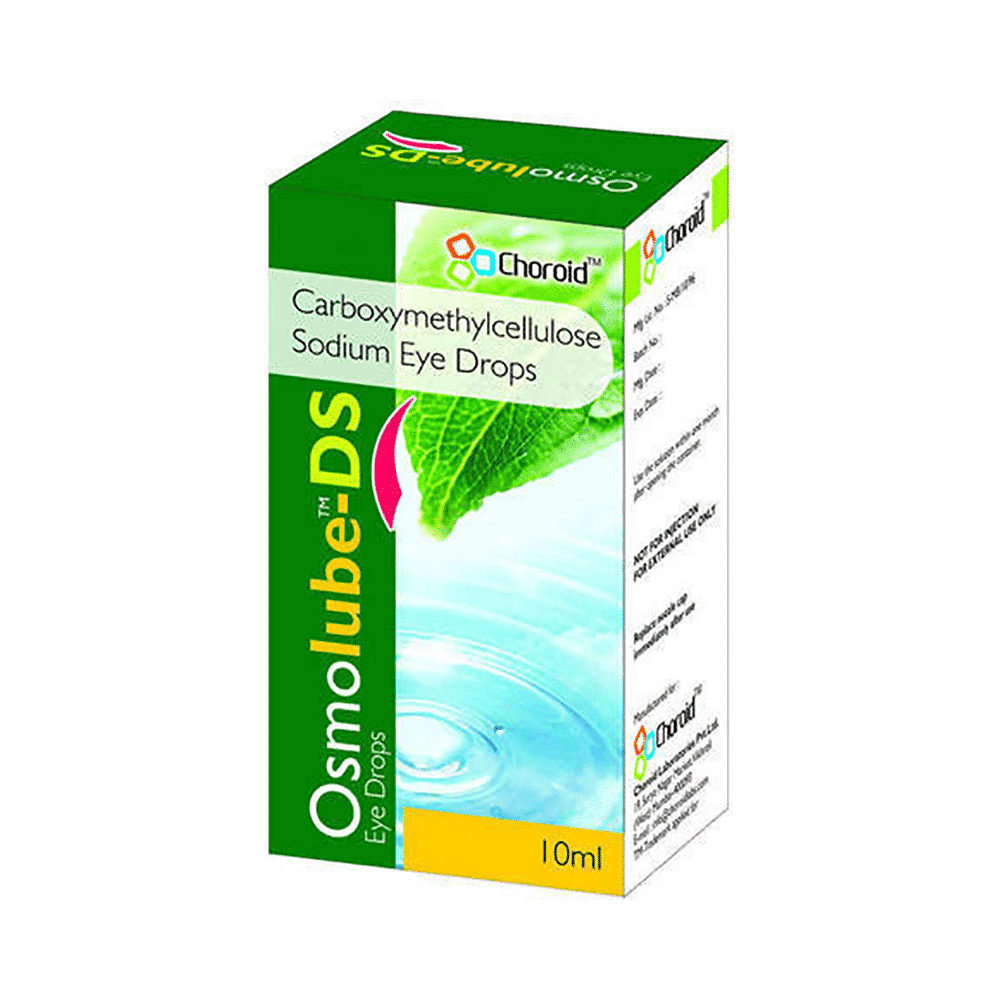
Osmolube-DS Eye Drop

Optimist Gel

Nature's Tears Gel Eye Drop
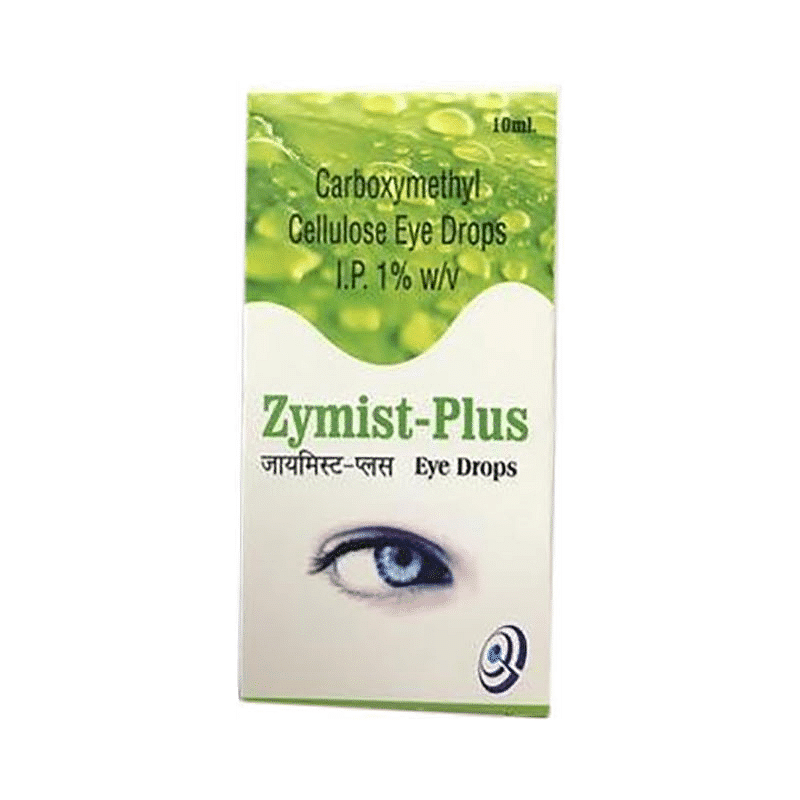
Zymist Plus 1% Eye Drop

Tearpro EZ 1% Eye Drop

Gembloc Plus Eye Drop

Eco Tears Gel

Magic Tear Gel

New C-Mist 1% Eye Drop
Frequently asked questions
What is the purpose and use of Tearlub Gel?
Tearlub Gel serves as an artificial substitute for tears, providing lubrication for dry eyes. It also offers temporary relief from burning, irritation, and discomfort caused by eye dryness. Furthermore, it helps to lubricate and re-wet soft and rigid gas-permeable contact lenses, alleviating dryness, irritation, and discomfort associated with lens wear.
What are the possible side effects of Tearlub Gel?
Common side effects may include visual disturbances and eye discharge. Other potential side effects include redness of the eye, eye irritation, burning and discomfort, eyelid swelling, and itching of the eye. If any of these side effects persist or become bothersome, consult your doctor for guidance.
How should Tearlub Gel be stored?
Store Tearlub Gel at temperatures not exceeding 25°C (77°F) and keep it out of reach of children. Avoid touching the container tip to any surface or eye(s). After each use, replace the cap to maintain the product's sterility and effectiveness. Remember to discard the eye drops after the expiry date or within 30 days of opening the container.
How should Tearlub Gel be used?
For dry eyes, instill 1-2 drops into the affected eye(s) as needed. To lubricate soft and rigid gas-permeable lenses, apply 1-2 drops to each eye with the lenses on, as directed by your doctor or as needed. After applying the drops, blink several times to ensure proper distribution.
Is Tearlub Gel safe?
Tearlub Gel is a generally safe medicine for external use only. While it may cause some eye irritation (burning and discomfort), eye pain, itchy eyes, and visual disturbances in some patients, these effects are usually temporary and can be managed by consulting your doctor. However, if you experience any persistent or severe symptoms, contact your doctor immediately.


